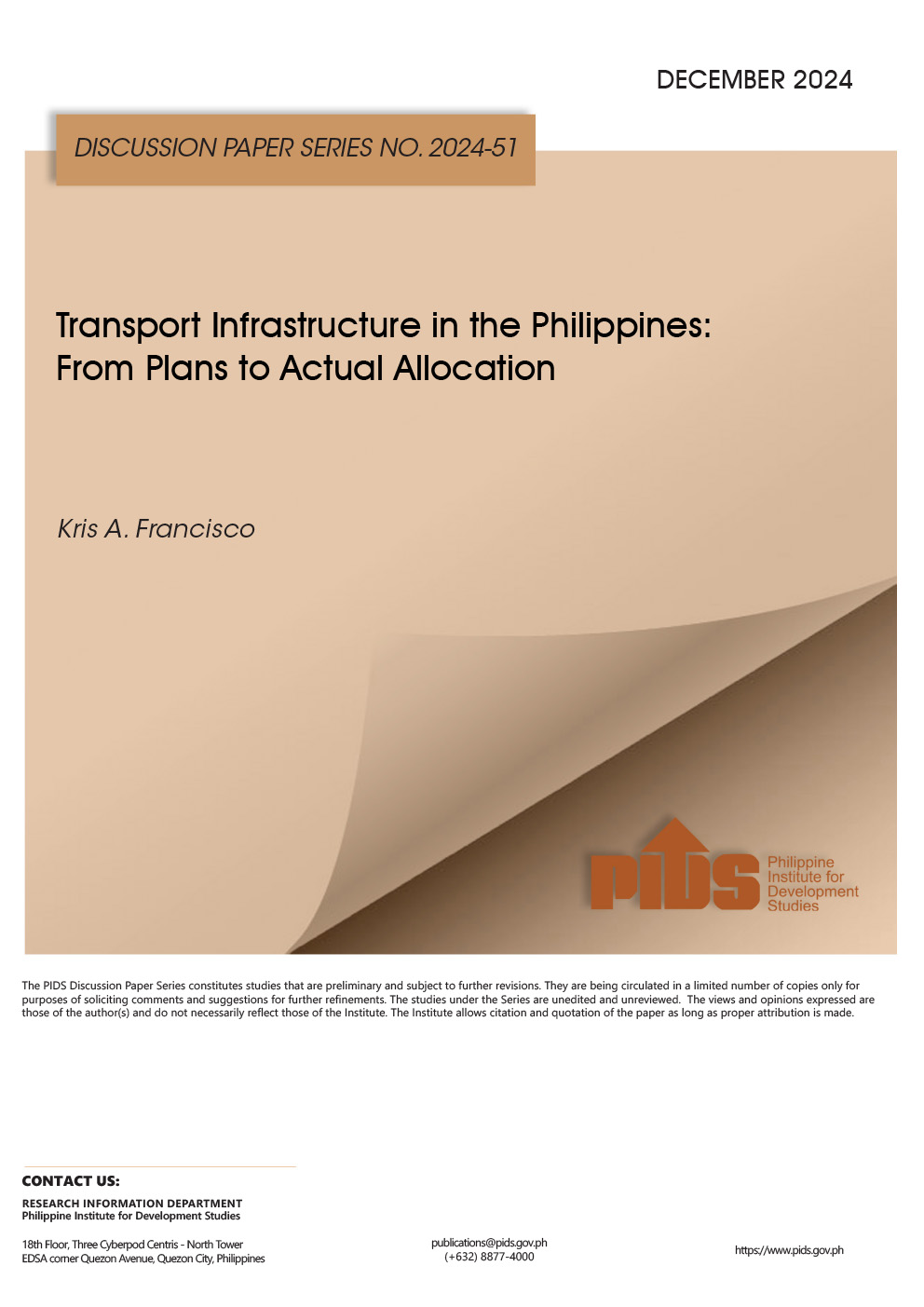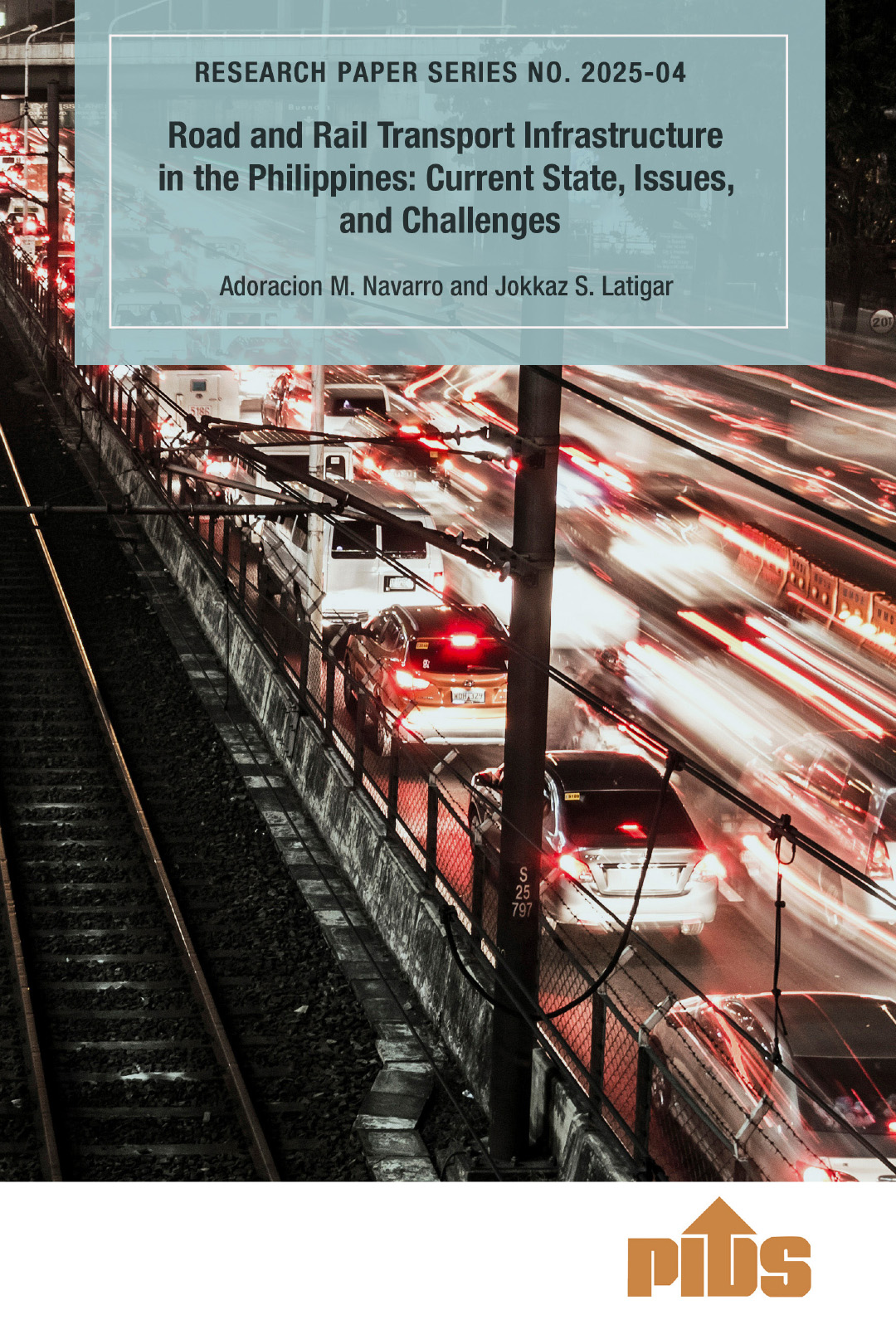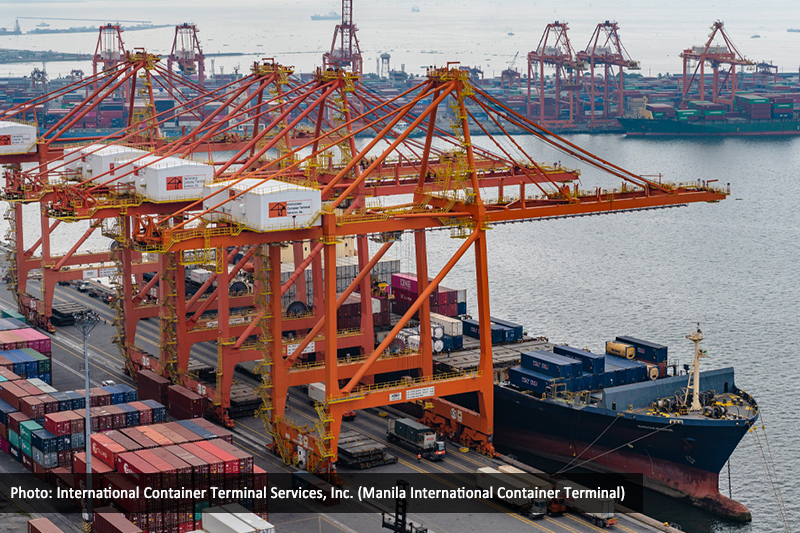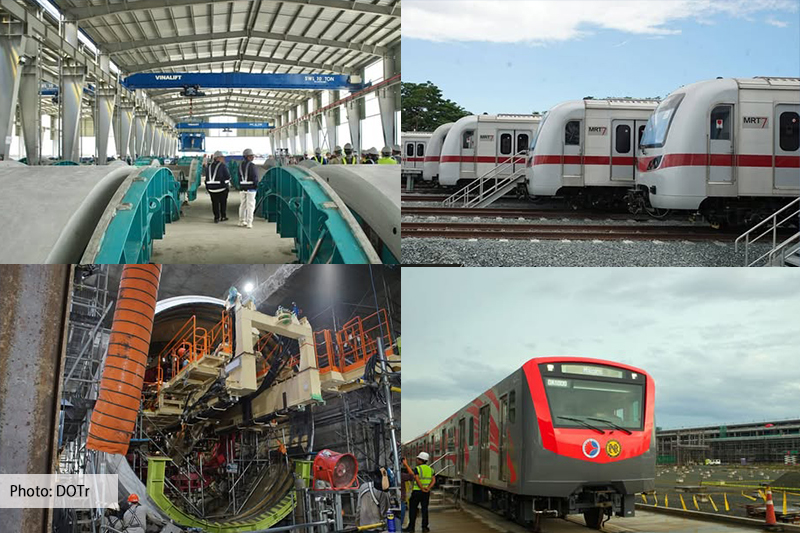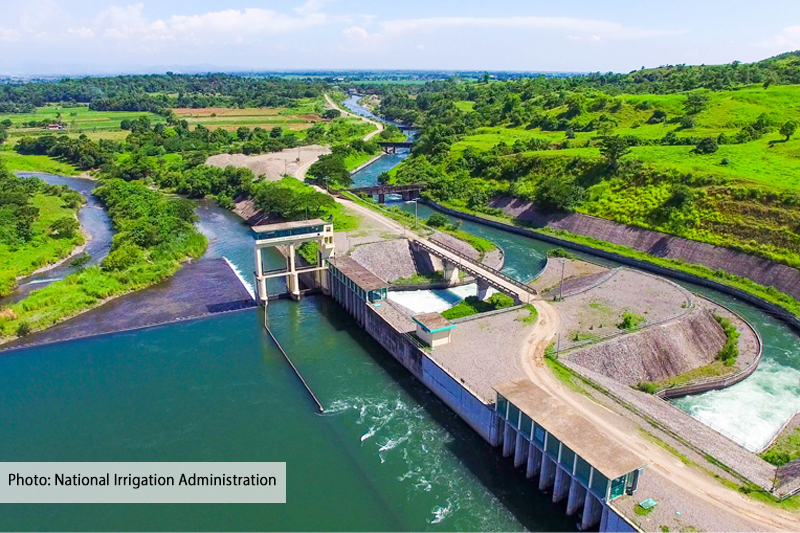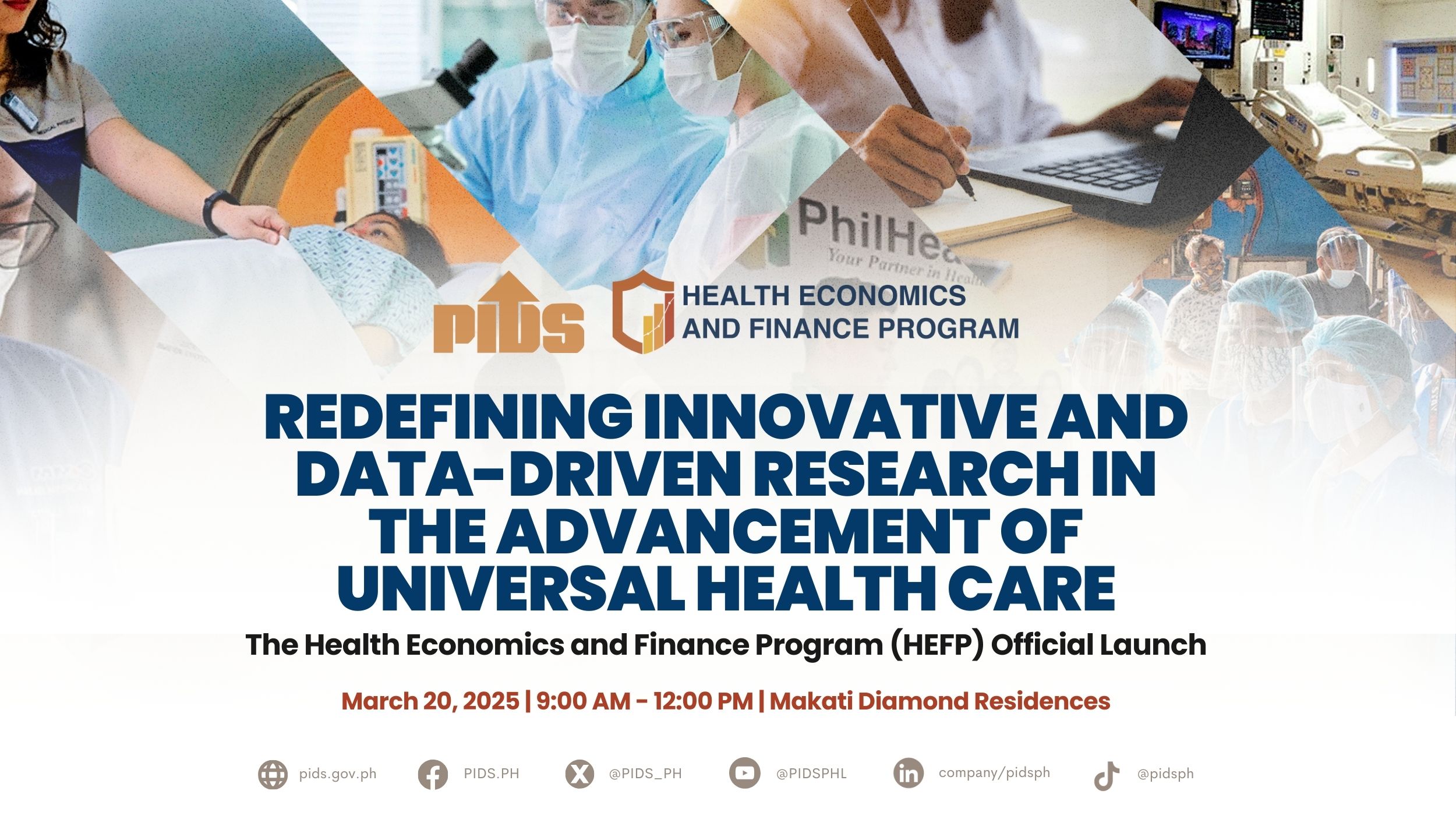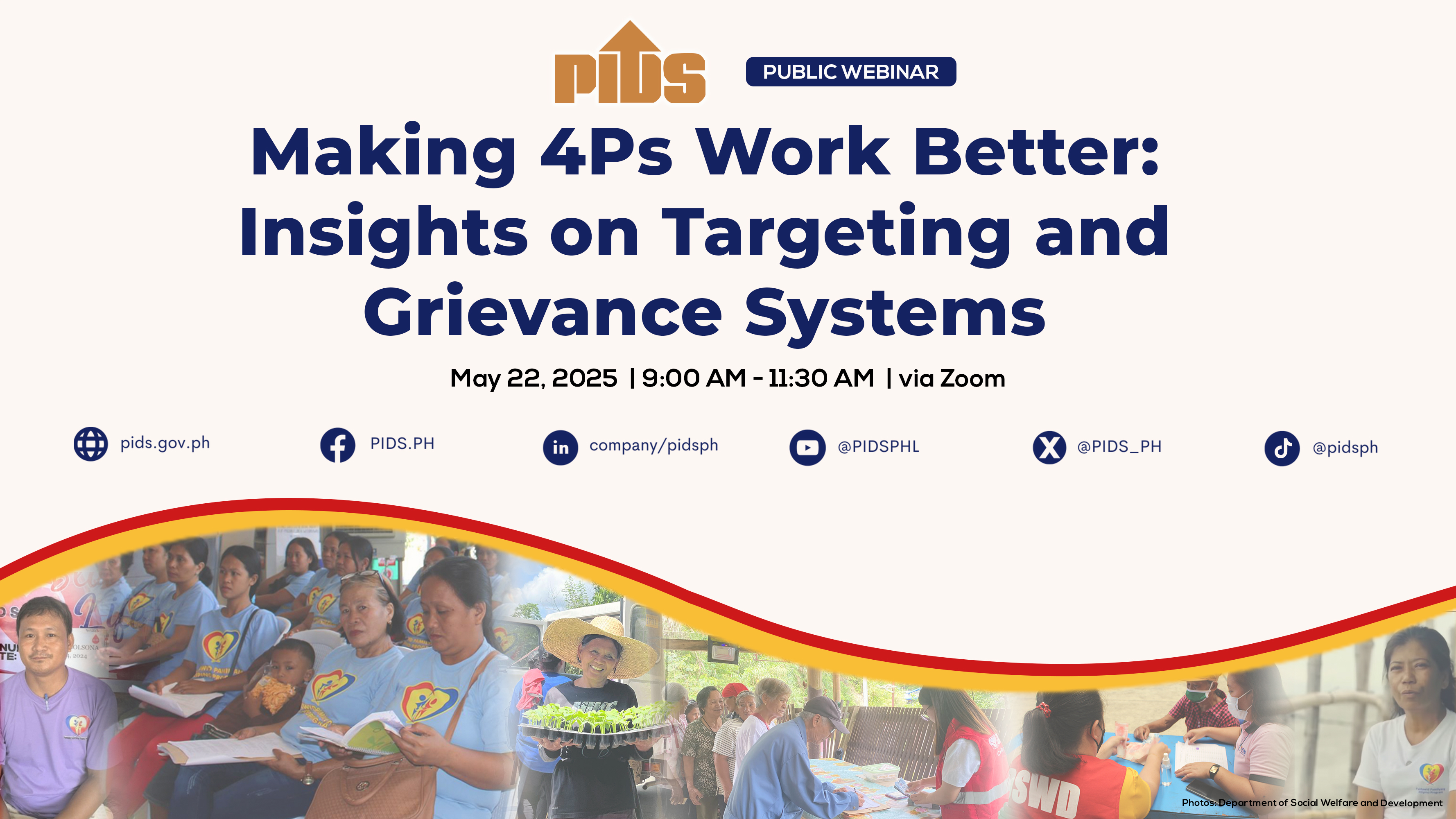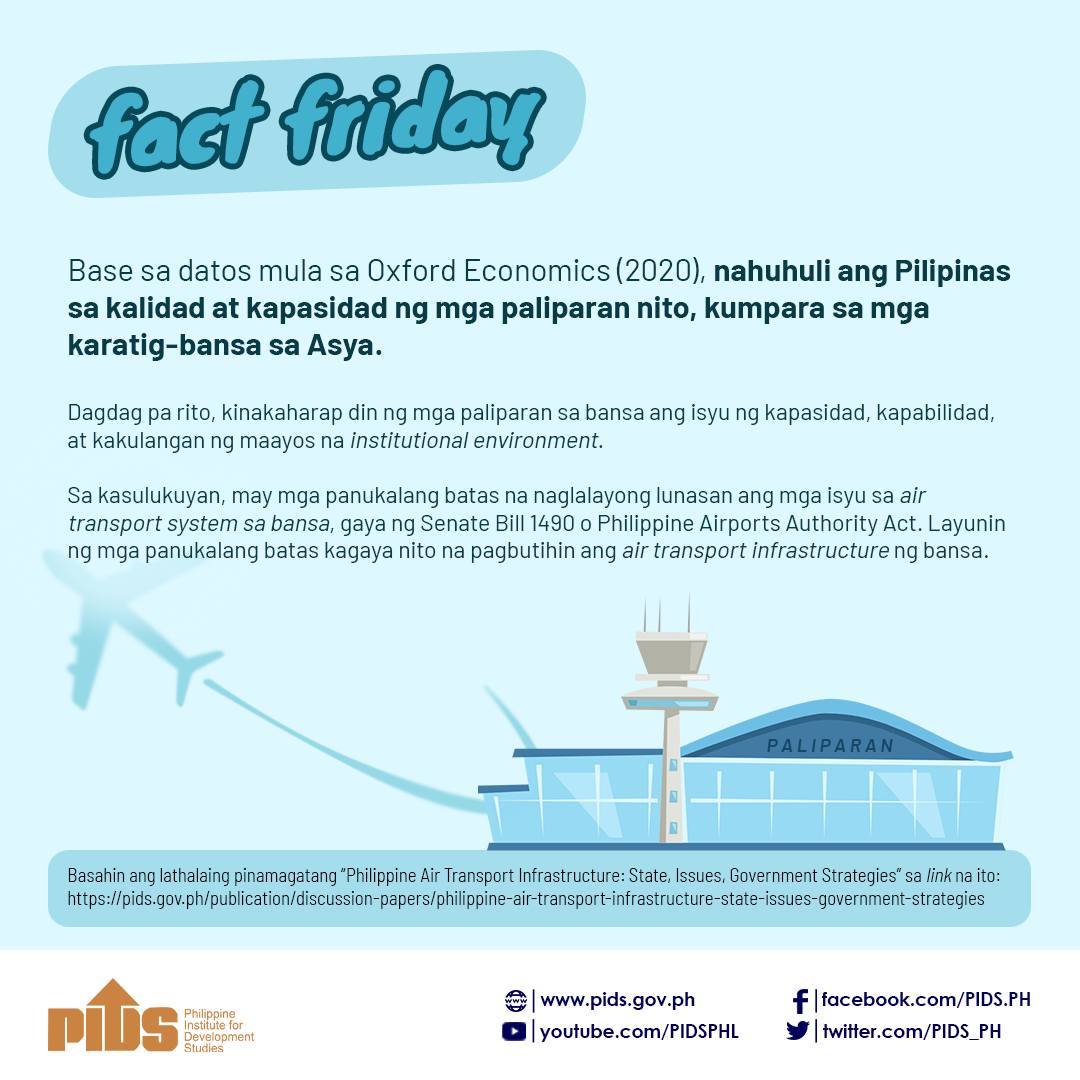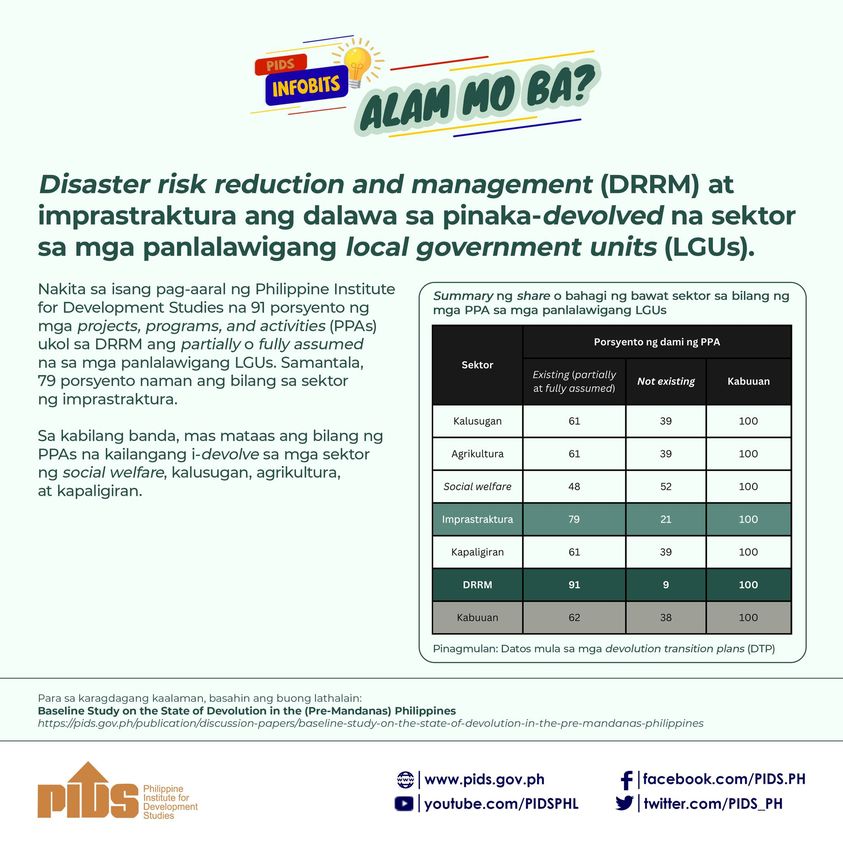WE have noted, with approval, to be sure, new Transportation Secretary Vince Dizon's energetic efforts to personally assess the state of development of transport infrastructure in the Philippines, and make some immediate corrections. Some examples of these include the termination of the non-active contract for the light rail common station in Quezon City, on which no construction work has been done for nearly four years; and addressing some of the persistent points of contention that have stalled progress on the troubled Cebu Bus Rapid Transit (BRT) project.
Those actions, however, are relatively minor housekeeping tasks — still important and necessary, but not what should occupy the bigger part of the transportation secretary's time and effort. The drive to develop infrastructure, begun during the previous administration and enhanced by the current one, needs to be sustained in the most efficient way possible, and managing the transportation component of that overall campaign is an enormous job. As we have said previously, we have confidence that Dizon can do that job, at least for the time he is responsible for it. He will be able to do it much more effectively, however, if transportation infrastructure planning can be built on complete and easily accessible data.
This conclusion is the main takeaway from a recent discussion paper published by the Philippine Institute for Development Studies (PIDS), and written by PIDS research fellow Dr. Kris Francisco. The paper assessed the government's strategy toward transport infrastructure development going back to the year 2000, and concluded that over the past 10 years, "[t]he government's appreciation of the country's inadequate infrastructure, along with its decision to utilize infrastructure investments as a development tool, places the Philippines in a relatively good path," with that path leading to an acceptable level of parity in terms of infrastructure with our neighboring countries in the region.
That is the good news. The bad news is that the government's strategy is likely being constrained by fragmented and incomplete data on which policy choices and project decisions should be based. Dr. Francisco apparently discovered this in the course of compiling information for her research, and summarized the problem in the conclusion to the paper. "Currently, the data on government infrastructure investments as well as the demand-related data are dispersed among different government agencies," she wrote. "As demonstrated in this study, harmonizing the available data is challenging given issues such as inconsistency in formatting over the years, limited information on financial details of ongoing infrastructure projects, difficulties in aggregating and disaggregating components."
The study recommends the creation of a comprehensive database on public infrastructure and infrastructure demand, "to allow the government to plan according to current and future needs, as well as schedule investment activities in the most efficient way possible." It is an eminently sensible suggestion; in order to plan infrastructure development that is most useful and provides the best value for money from investments, policymakers, the Department of Transportation in this case, need to know what infrastructure is already in place, what its condition is, how it is used, and what unmet public demand exists in different areas. The study suggests that there should be two basic parts to the proposed comprehensive database, which include an inventory of public infrastructure — with key information such as geographic locations, physical conditions, length of expected life, annual depreciation, weather-related depreciation, and other indicators — and a detailed list of on-going and planned infrastructure.
Putting all of this information into a centralized database would help immensely in not only being able to provide better information for prospective infrastructure investors, whether they are from the private sector, or development finance institutions, but in meeting public needs faster and more efficiently. A centralized and comprehensive database would also help to some degree to reduce the number of "vanity" projects initiated by legislators or local elected officials, as these could more easily be vetted for feasibility and necessity.
Thus, the most important thing that Transportation Secretary Dizon could help to build during his term might not be a bridge, or a highway, or a railroad, or an airport, but a framework that exists inside a computer and efficiently organizes data from all the various stakeholders in transportation infrastructure. Such a thing may not be as visible and impressive as a new bridge or shiny new trains, but it will serve the country in an even more important way.

